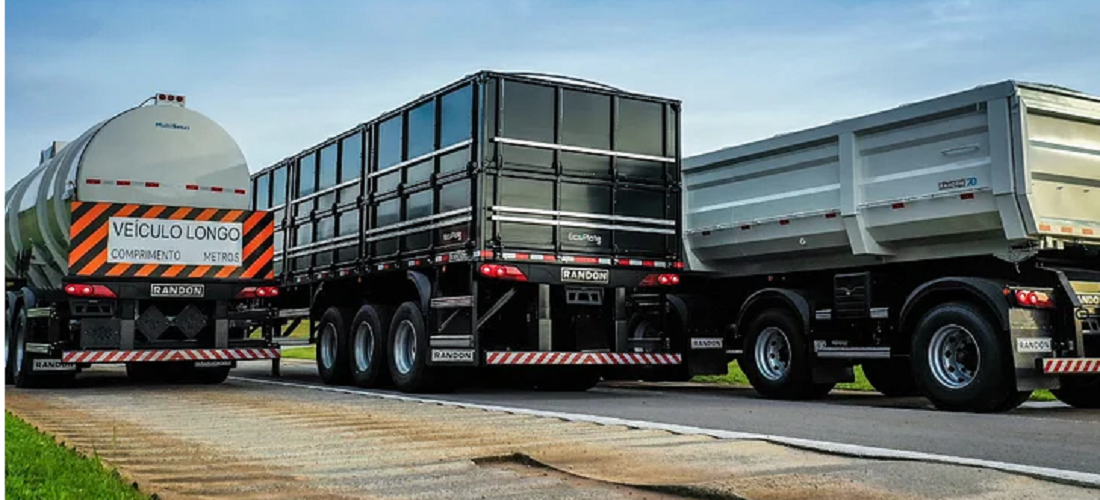
Road equipment industry grows in 2021 and returns to normal standing
Jan, 11, 2022 Posted by Gabriel MalheirosWeek 202202
The road equipment industry was able to grow despite the pandemic and the worsening of economic conditions seen in the last few months of 2021. Apart from high-interest rates and inflation, the sector grew 33.47% in deliveries, driven mainly by agribusiness. There were 162,700 licensed units last year.
The figure is near to the best years when sales reached 170,000 implements, but it is still short of the previous record of 190,000 licenses set in 2011.
The final result exceeded the forecasts of Anfir, the sector’s representative body, which predicted 157 thousand registrations in December 2021. Heavy equipment, trailers, and semi-trailers saw the greatest growth.
In 2021, 90,300 pieces of equipment were delivered, up from 67,400 the previous year, a 34.03% increase. This is the sector where agribusiness has the largest effect. With 72,300 licensed tools, the lightweight group saw a 32.77% increase. This category caters primarily to logistics activities in metropolitan cities.
“This total (162,700 units) confirms that, even in the second year of the crisis caused by the pandemic, the road equipment industry was competent and knew how to take advantage of opportunities, maintaining the growth spiral”, said José Carlos Spricigo, president of Anfir, in a note.
The impact of the pandemic was much smaller in 2021 than in the previous year. In 2020, the sector faced a period of production stoppage between the end of March and mid-May, at the worst moment of the covid-19 pandemic. The recovery took place in the second half of that year. In 2021, the sector managed to maintain a constant pace of production during the twelve months.
However, Spricigo calls attention to the fact that the industry last faced input shortages. Tires were the most serious supply issue. Heavy implements are only allowed to be licensed and delivered ready to run with all tires under the legislation. There have been instances where tires were imported to satisfy commitments.
Steel represented the biggest nuisance in terms of cost readjustments. The product accounts for 70% of the equipment cost in some product lines. “Occasional shortages of raw materials and components were challenges, but the companies found solutions and overcame them,” Spricigo said in a statement.
In 2021, the foreign market rebounded as well. Export growth hit 120 percent in November, according to Anfir’s most recent official data, albeit on a very shaky footing for 2020. In the first eleven months of 2021, 4,632 units were shipped, compared to 2,099 the year before.
Source Valor Econômico
To read the full complete article please visit:
-
Ports and Terminals
Jun, 13, 2024
0
Hearing slated to discuss Ecoporto terminal lease contract postponed
-
Oil and Gas
May, 10, 2021
0
Keppel seals $2.3bn FPSO contract with Petrobras
-
Meat
Dec, 22, 2022
0
Pork: Brazilian exports reach 55.047 k tonnes in December
-
Other Cargo
Mar, 13, 2023
0
Textile industry records USD 1.14 bn in exports last year


